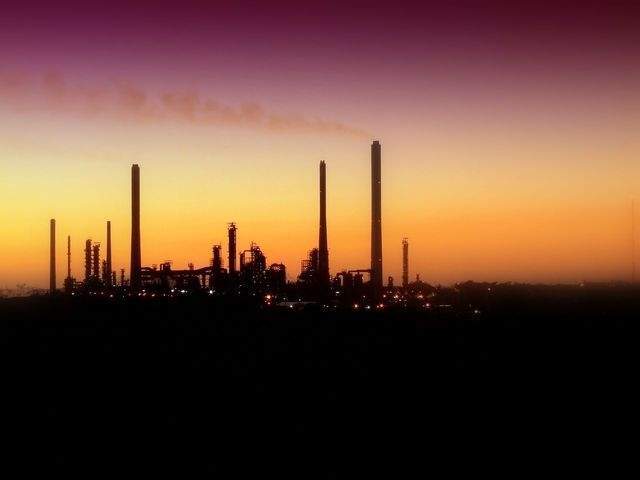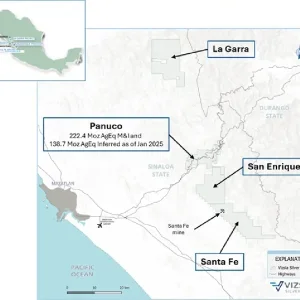
While a majority of the world’s largest oil refineries are present in the Asia Pacific region, the US, China, Russia, Japan and India are among the countries having the biggest refining capacities.
NS Energy profiles its list of major oil refineries across the world:
Jamnagar Refinery, India:
Located at Jamnagar in Gujarat, India, it is the world’s largest oil refinery with a crude processing capacity of 1.24 million barrels per day (bpd).
It is owned and operated by Reliance Industries. Covering an area of 7,500 acres, the refinery was built with an investment of $6bn.
The processing units at the facility refine the basic feedstock, crude oil to obtain various finished products.
Products produced at the Jamnagar refinery are exported to several countries. The refinery features hydrodesulphurisation, catalytic reforming, fluid catalytic cracking and delayed coking units.

Paraguana Refining Centre, Venezuela
Established in 1949, the Paraguana refinery is owned by Venezuela’s state-owned company Petróleos de Venezuela (PDVSA).
With a processing capacity of 955,000bpd, the refining complex is located at Paraguaná Peninsula in Falcón state and the western coast of Lake Maracaibo in the Zulia state. It includes Amuay, Bajo Grande and Cardón refineries.
The facility features a flexicoker with a processing capacity of about 64,000bpd. The flexicoker is located at Amuay refinery of the Paraguana complex.
Ulsan Refinery, South Korea:
Owned by SK Energy, the refinery is located in Ulsan Metropolitan City in South Korea. With a processing capacity of 840,000bpd, the Ulsan refinery is one of the world’s largest oil refineries in the world.
The refinery produces LPG, gasoline, diesel, jet fuel and asphalt. It entered into operations in 1964.
In 1997, a heavy oil desulphurisation plant and decomposition plant were launched at the refinery. A second residue fluid catalytic cracking (RFCC) plant was launched in 2008.
The refinery features five crude distillation units and a paraxylene unit. Besides, it has two naphtha cracking units and a heavy oil upgrading facility with a capacity.
Ruwais Refinery, UAE:
With a processing capacity of 837,000bpd, the Ruwais refinery is owned by ADNOC, though its subsidiary, The Abu Dhabi Refining Company (Takreer).
Originally commissioned in June 1981, the plant is located 240km west of Abu Dhabi city, United Arab Emirates. In February 2018, ADNOC announced its plan to invest $3.1bn to upgrade its Ruwais oil refinery.
The refinery upgrade project, known as the Crude Flexibility Project (CFP), is intended to introduce crude processing flexibility and free up more Murban grade crude.
Planned to be completed by the end of 2022, the CFP will allow ADNOC’s Ruwais Refinery-West complex to process up to 420,000 barrels per day of the Upper Zakum crude, or similar grades.

Yeosu Refinery, South Korea:
Located at Yeosu city in South Jeolla Province of South Korea, the Yeosu refinery a processing capacity is 775,000bpd.
The refinery is operated by GS Caltex, a joint venture between GS Holdings and Chevron. The Yeosu refinery started operations in 1969.
In 1995, a residue fluidised catalytic cracker with a capacity of 94,000bpd was installed at the facility.
Later, in August 2007, a second Heavy Oil Upgrading (HOU) facility was built at the refinery. It has a desulphurisation facility with a capacity of 272,000bpd.
Onsan Refinery, Ulsan, South Korea:
With a processing capacity of 669,000bpd, the Onsan Refinery is one of the largest oil refineries in the world.
Located at Ulsan in South Korea, the refinery consists of a condensate fractionation unit (CFU) for producing additional naphtha.
In 2011, the processing capacity at the refinery was expanded from 580,000bpd to 669,000bpd.






